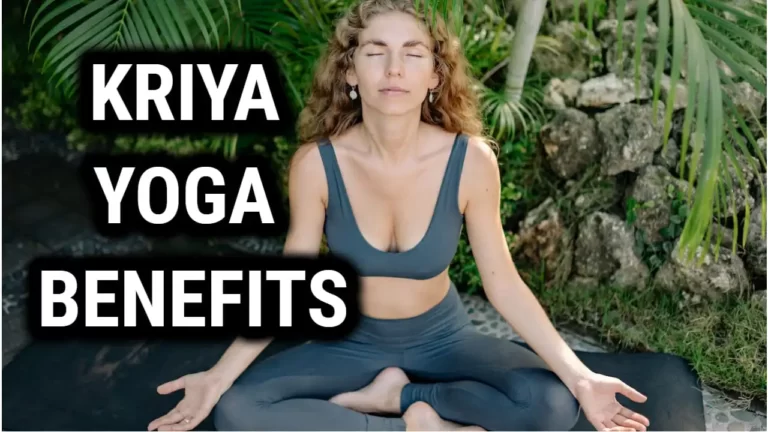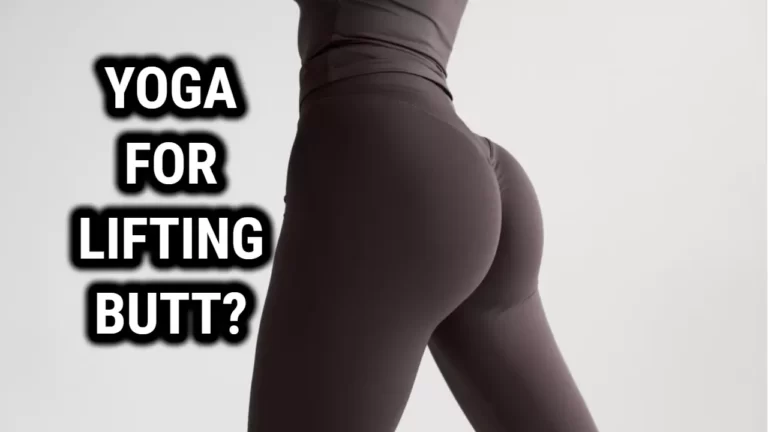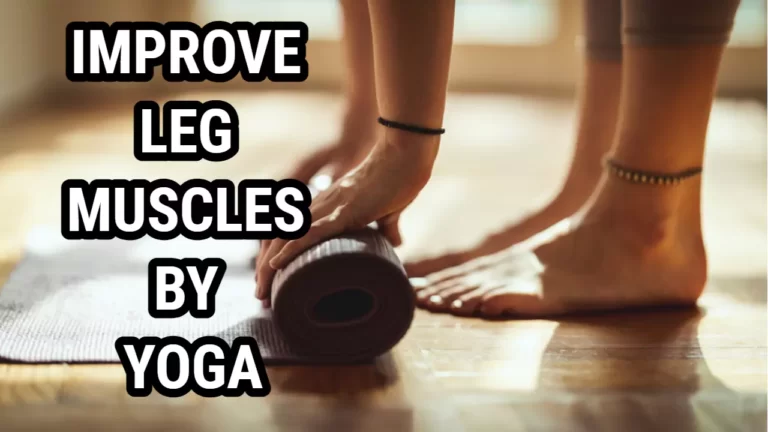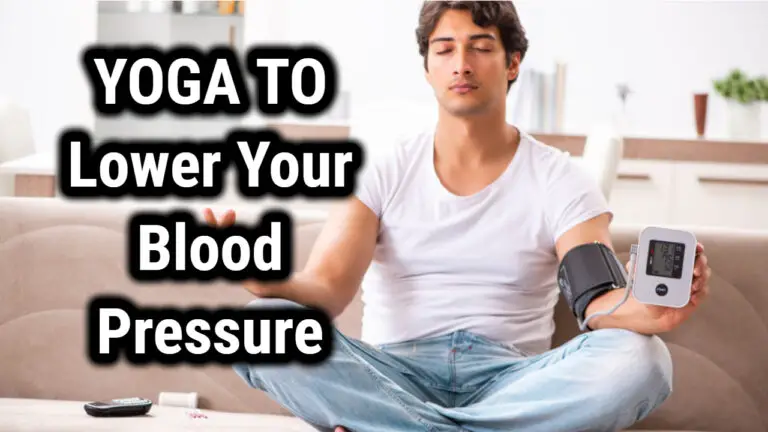Is Yoga Good For Spinal Stenosis – The All-Natural Yoga Solution

Do you suffer from spinal stenosis? If so, you may be wondering if yoga can provide any relief. While there is no one-size-fits-all answer, the research so far suggests that yoga could help improve your symptoms and even potentially slow the progression of the condition. In this article, we will look at how yoga can provide relief for those suffering from spinal stenosis.
Spinal stenosis is a narrowing of the spinal column which puts pressure on the nerves and often causes pain and discomfort. This condition can occur due to aging or as a result of an injury, and it can cause difficulty with movement as well as chronic pain in the back and legs. Fortunately, there are ways to manage these symptoms, including physical therapy, medications, and lifestyle changes – such as yoga.
Yoga has been used for centuries to promote physical and mental wellbeing. Recent studies have suggested that it could also offer therapeutic benefits for those living with spinal stenosis.
We will explore how yoga can help relieve pain and stiffness associated with this condition, as well as some tips on how to get started safely. Read on to find out more about how yoga could benefit those suffering from spinal stenosis.
What Is Spinal Stenosis?
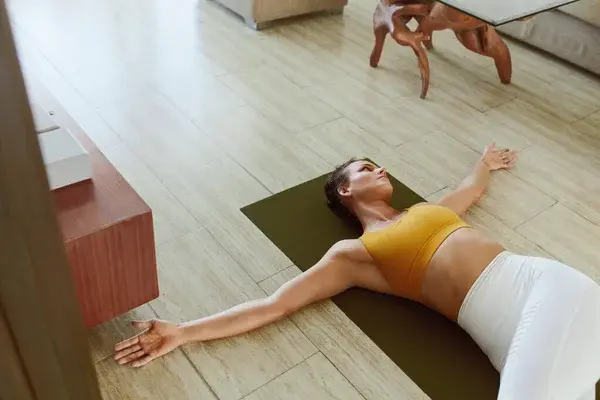
Are you dealing with back pain? Do you know if it’s from spinal stenosis or something else? Spinal stenosis is a common condition that can cause severe discomfort and pain. But, could yoga be the answer to relieving your suffering? Let’s take a closer look at this debilitating condition, as well as its symptoms and how yoga might help.
Spinal stenosis is a condition in which the spinal canal narrows and puts pressure on the nerves within it. It typically occurs in the lower back, neck, or both areas of the spine.
This narrowing can cause compression of the nerves, resulting in pain and limited mobility. The most common symptom of spinal stenosis is radiating pain throughout the body, usually focused around the lower back or neck area.
Other common symptoms include numbness in limbs, weakness in muscles, tingling sensation in extremities, and difficulty walking.
Yoga poses may offer low impact relief for those with spinal stenosis. Gentle stretching and strengthening poses combined with mindful breathing can help improve posture and reduce stiffness in the body.
Yoga poses such as mountain pose (tadasana), cat/cow pose (marjaryasana/bitilasana), cobra pose (bhujangasana), downward dog (adho mukha svanasana), and bridge pose (setu bandha sarvangasana) may all benefit those suffering from this condition by alleviating pressure on nerve roots while improving strength and flexibility.
So before turning to more aggressive treatments like surgery, consider giving yoga a try to find relief from your spinal stenosis symptoms!
Symptoms Of Spinal Stenosis
It’s important to understand the symptoms of spinal stenosis in order to recognize the condition and seek appropriate treatment. The most common symptom is pain or discomfort that radiates from the lower back or neck down into one or both legs. This can be accompanied by numbness, tingling, and weakness in muscles. People with spinal stenosis may also experience difficulty walking, standing for long periods of time, or even bending over. Other symptoms of spinal stenosis include:
- Pain: – localized in the neck or lower back – radiating down into one or both legs
- Numbness: – a tingling sensation in extremities – loss of sensation in certain areas of the body
- Weakness: – difficulty lifting objects – reduced muscle strength in limbs
It’s essential to recognize any symptoms of spinal stenosis so they can be treated properly and avoid further damage to the spine. With this understanding, let’s take a look at what causes these painful symptoms so we can better understand how to manage them.
Causes Of Spinal Stenosis
The most common cause of this condition is age-related wear and tear, as well as overuse or injury to the back. Other causes of spinal stenosis include:
- Degenerative Diseases: – Osteoarthritis – Spondylolisthesis – Disc herniation
- Congenital Conditions: – Abnormal vertebral structure – Scoliosis
- Tumors & Infections: – Tumors pressing on the spine – Certain bacterial and viral infections can cause swelling of tissue around the spine
When it comes to lumbar spinal stenosis, which affects the lower back, it’s typically caused by disc degeneration or bone spurs that narrow the space available for the nerve roots.
These changes can lead to pain and difficulty with movement. With a better understanding of what causes spinal stenosis, let’s explore how yoga can help people with this condition.
Examples Of Specific Postures Beneficial To People With Spinal Stenosis
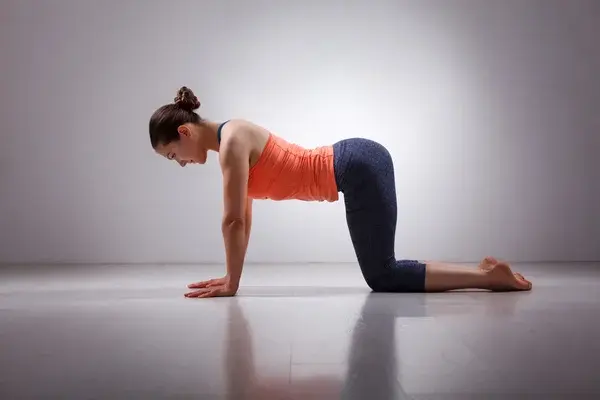
When it comes to yoga poses for spinal stenosis, there are certain postures that can be particularly helpful. It is important to remember to always listen to your body and never push yourself beyond what you are comfortable with. Here are some of the poses you might consider doing:
1. Cat-Cow Pose: This pose helps to improve flexibility in the spine and relax tight muscles in the back.
2. Cobra Pose: This pose helps to strengthen the spine and stretch the abdominal muscles.
3. Child’s Pose: This pose helps to reduce tension in the back and relax tight muscles.
4. Knees-to-Chest Pose: This pose helps to reduce pressure on the lower back and stretches the abdominal muscles.
5. Downward Facing Dog: This pose helps to stretch the spine and strengthen the core muscles.
6. Bridge Pose: This pose helps to strengthen the spine and stretch the chest and back muscles.
7. Supported Fish Pose: This pose helps to open up the chest and stretch the spine.
8. Seated Forward Bend: This pose helps to reduce tension in the lower back and stretch the hamstrings.
Through these poses, individuals can gain access to gentle stretching and strengthening exercises that can help alleviate their symptoms of spinal stenosis so they can live a healthier life free from pain or discomfort caused by their condition.
By performing these poses on a regular basis, individuals can improve their mobility, flexibility, and overall quality of life.
Benefits Of Yoga For People With Spinal Stenosis
As we journey forward, the ancient practice of yoga has been a beacon of hope for those suffering from spinal stenosis. While modern medical treatments have not yet been able to fully cure this condition, yoga therapy can provide relief and improved quality of life. Let’s take a look at the many benefits of yoga for people with spinal stenosis.
Yoga is an effective low impact exercise that helps to strengthen and stretch the muscles in the back and surrounding structures. This can help to relieve pain caused by tension or tightness, as well as improve mobility and flexibility.
Additionally, yoga breathing exercises can reduce stress and help relax tight muscles, allowing for greater comfort during movement.
For individuals with lumbar spinal stenosis, certain postures may be more beneficial than others.
- Cat/Cow Stretch
- Supine Twist
these help relieve pressure on the spine while also stretching out tight muscles in the lower back. As always when practicing yoga, it’s important to go slowly and listen to your body so you don’t overdo it or cause further injury.
Yoga is an excellent way for people living with spinal stenosis to manage their symptoms naturally without medication or surgery. With regular practice combined with other lifestyle modifications such as diet and posture changes, individuals may find substantial relief from their condition. Now that we have discussed some of the benefits of yoga for people with spinal stenosis, let’s explore how to incorporate it into your routine.
How To Incorporate Yoga Into Your Routine If You Have Spinal Stenosis?
Now that we have looked at the benefits of yoga for people with spinal stenosis, let’s turn our attention to how you can incorporate this practice into your routine. Here are some tips to help get you started:
- Start slowly: Before you dive in head first, it’s important to take things slow and ease your way into a yoga practice. As always, listen to your body and take breaks when needed.
- Keep poses gentle: When performing postures such as the downward dog or cobra, make sure that you keep the movements gentle and don’t push too hard. This will help to prevent further injury or pain in the back.
- Incorporate back-strengthening exercises: Yoga is an excellent way to strengthen the core muscles of the back which can provide crucial support for those with spinal stenosis. Try incorporating specialised yoga exercises for back health into your routine as well as focusing on overall posture improvement.
- Look out for red flags: If any type of exercise causes pain or discomfort, stop immediately and consult with a medical professional before continuing your practice. Exercises such as standing forward folds may be too intense for individuals with spinal stenosis and should be avoided until further guidance is received from a doctor or physiotherapist.
These are just a few tips for getting started with yoga for those living with spinal stenosis. With regular practice and patience, individuals may find substantial relief from their condition without having to resort to medications or surgery.
With that in mind, let’s explore what other types of exercise might be beneficial when dealing with this condition…
Is There Any Exercise I Should Avoid When Dealing With Spinal Stenosis?
While yoga can be a great way to ease the symptoms of spinal stenosis, it is important to note that certain exercises may exacerbate the condition. High-impact activities such as running or jogging may cause further compression of the nerves and should be avoided if possible.
Other activities such as sit-ups, leg lifts, and crunches should also be done with caution since they can put strain on the lower back area. Even activities such as lifting weights or using gym equipment should be done with care and in moderation to avoid any unwanted consequences.
It is important to remember that everyone’s experience with spinal stenosis is unique, so it is best to speak with a doctor before beginning any exercise routine.
They can provide guidance on what type of activity would be most beneficial for your individual situation. Additionally, working one-on-one with a physical therapist can help individuals create an exercise plan tailored to their specific needs and goals.
With all this in mind, let’s take a look at some examples of specific postures beneficial to people living with spinal stenosis.
Also Read: Life-Changing Spinal Waves Yoga Benefits – You Won’t Believe
Frequently Asked Questions
How Long Does It Typically Take To See Results From Yoga When Dealing With Spinal Stenosis?
When dealing with spinal stenosis, one of the most pressing questions is: how long does it typically take to see results from yoga? Many people are hesitant to try something new, especially when it involves their health. However, regular yoga can have a significant positive impact on those suffering from spinal stenosis.
First, there are several key factors that determine how quickly someone sees results from yoga. It depends on the individual’s physical condition, frequency of practice and the type of poses they are doing.
For example, if someone has an existing injury or limited mobility, then results may take longer than for someone who regularly practices yoga. That said, even small changes can lead to great benefits over time.
The following points should be considered when trying to gauge how long it takes to see results from yoga:
- Frequency of practice: This should be determined by the individual’s capacity and comfort level with yoga poses. Consistency is key here; sticking to a regular schedule will help ensure progress is made.
- Type of poses: Certain poses target specific areas more efficiently than others. Having an understanding of which poses benefit spinal stenosis sufferers will help narrow down which ones should be practiced most often.
- Physical condition: If an individual has any existing injuries or limited mobility, then slower progression can be expected as they learn how to modify poses accordingly.
That being said, individuals practicing yoga with spinal stenosis can still make significant improvements regardless of their physical condition and type of poses performed – as long as they remain consistent and patient with their progress.
With dedication and commitment to regular practice, individuals should begin seeing noticeable benefits within 2-3 months depending on the intensity of their practice routine.
How Can Yoga Help With Pain Management For Spinal Stenosis?
Yoga is an ancient practice that has been used to manage pain and provide relief for centuries. It can be an effective way to help people with spinal stenosis, a condition in which the spinal canal narrows and puts pressure on the spinal cord, find relief. How can yoga help with pain management for spinal stenosis?
Yoga can be helpful for managing pain associated with spinal stenosis by:
- Increasing strength, flexibility and mobility through stretching exercises
- Strengthening the spine and core muscles
- Improving posture
- Reducing stress levels
These benefits of yoga can reduce tension in the back muscles, improve circulation, increase range of motion in the spine, strengthen weak muscles around the spine, relieve stiffness and improve balance. Regular yoga practice helps relieve inflammation caused by compression of nerves due to narrowing of the spinal canal.
The poses specifically focused on relaxation such as forward fold pose or gentle twists are beneficial for relieving tension and calming down the nervous system. Additionally, pranayama (yogic breathing) helps relax tight muscles in the lower back region while also helping to promote better blood circulation throughout the body.
In short, yoga provides a wide array of physical and mental benefits that can be beneficial for managing pain associated with spinal stenosis including improved posture, enhanced flexibility and mobility as well as reduced stress levels.
With its holistic approach to healing combined with regular practice it is no surprise that many people who suffer from this condition have found great success in using yoga as part of their overall treatment plan.
Is There Any Lifestyle Advice That Would Be Helpful When Dealing With Spinal Stenosis?
First and foremost, it’s key to stay active while living with this condition. Exercise is an important part of managing pain and improving mobility. However, it is best to speak with a health care professional before beginning any exercise routine. They can provide guidance on what type of exercises are most beneficial for you personally and which should be avoided.
In addition, proper posture is essential for reducing symptoms of spinal stenosis. Try to maintain good posture throughout the day by keeping your spine straight and avoiding slouching or hunching over. Sitting in a chair that has lumbar support can also help alleviate discomfort related to posture issues. Additionally, maintaining a healthy weight is beneficial for managing spinal stenosis as well as many other conditions.
Staying mindful of your body and its abilities can go a long way towards managing this condition. Speak with your doctor about any medications you are taking or are considering taking, as some may have an adverse effect on your condition. As always, remember that you know your body best – listen to it and reach out for help when needed!
Related Read: Relieve Arthritic Knee Pain with These Yoga Poses
Conclusion
Yoga has been proven to be a beneficial exercise for those with spinal stenosis. It can help manage pain, as well as provide relief from other symptoms associated with the condition. Through careful selection of poses and modifications, people with spinal stenosis can practice yoga safely and effectively.
It is important to remember that when dealing with any medical condition, including spinal stenosis, it is essential to consult a doctor or physical therapist before beginning any exercise regimen. This will ensure that the correct poses and modifications are used in order to maximize the positive effects of yoga on the body.
Yoga for spinal stenosis can be an incredibly effective tool for those suffering from spinal stenosis. As the adage goes “no pain, no gain” – regular practice and dedication to yoga can bring great results in terms of improving one’s quality of life. With patience, consistency and proper guidance from a professional, anyone dealing with spinal stenosis can find relief through yoga.
